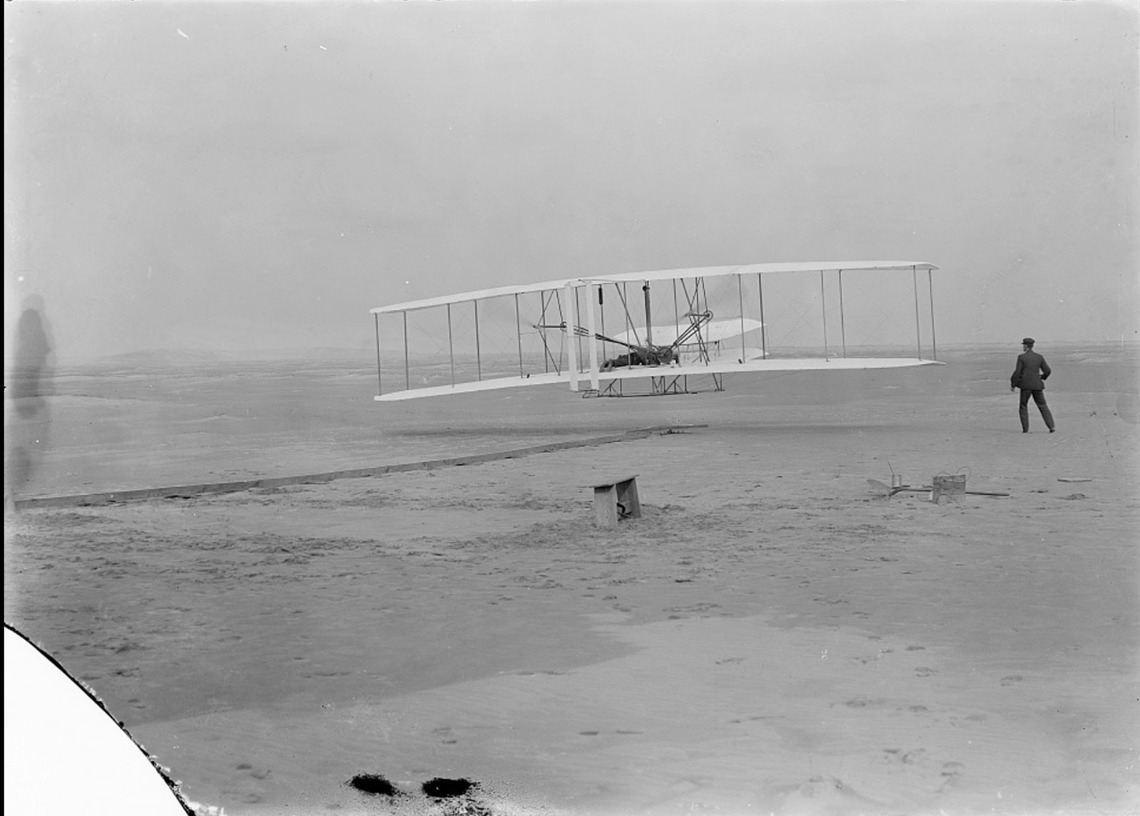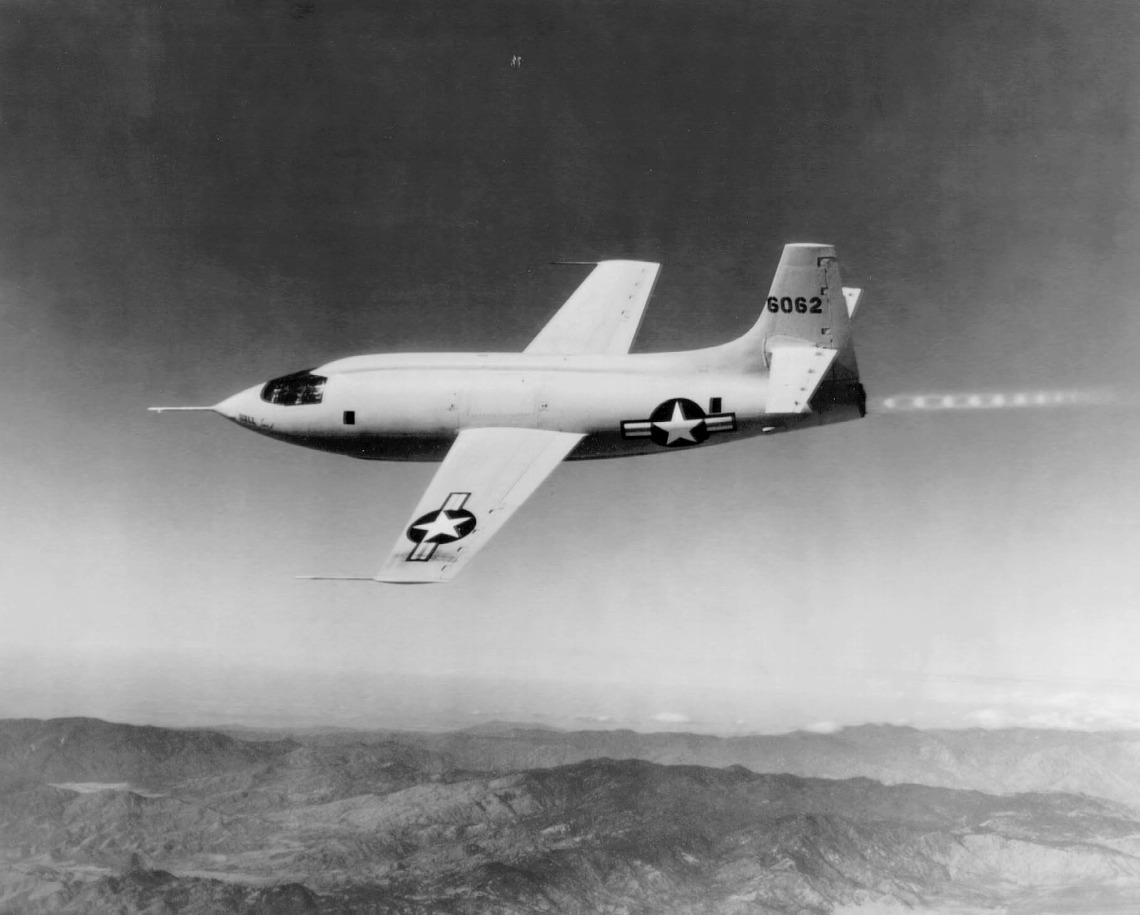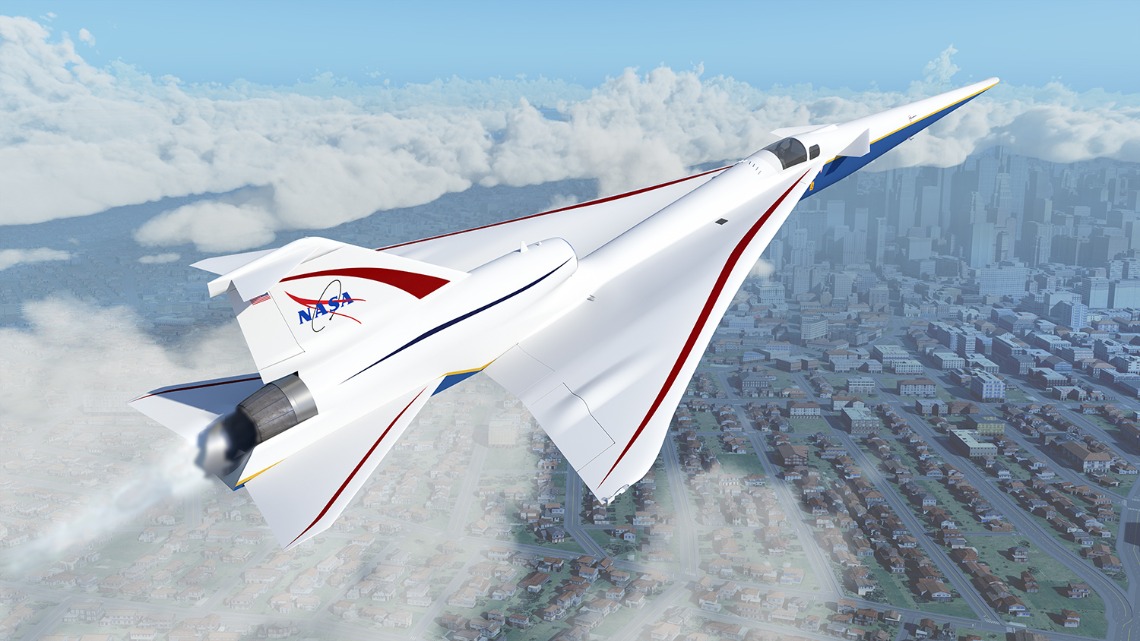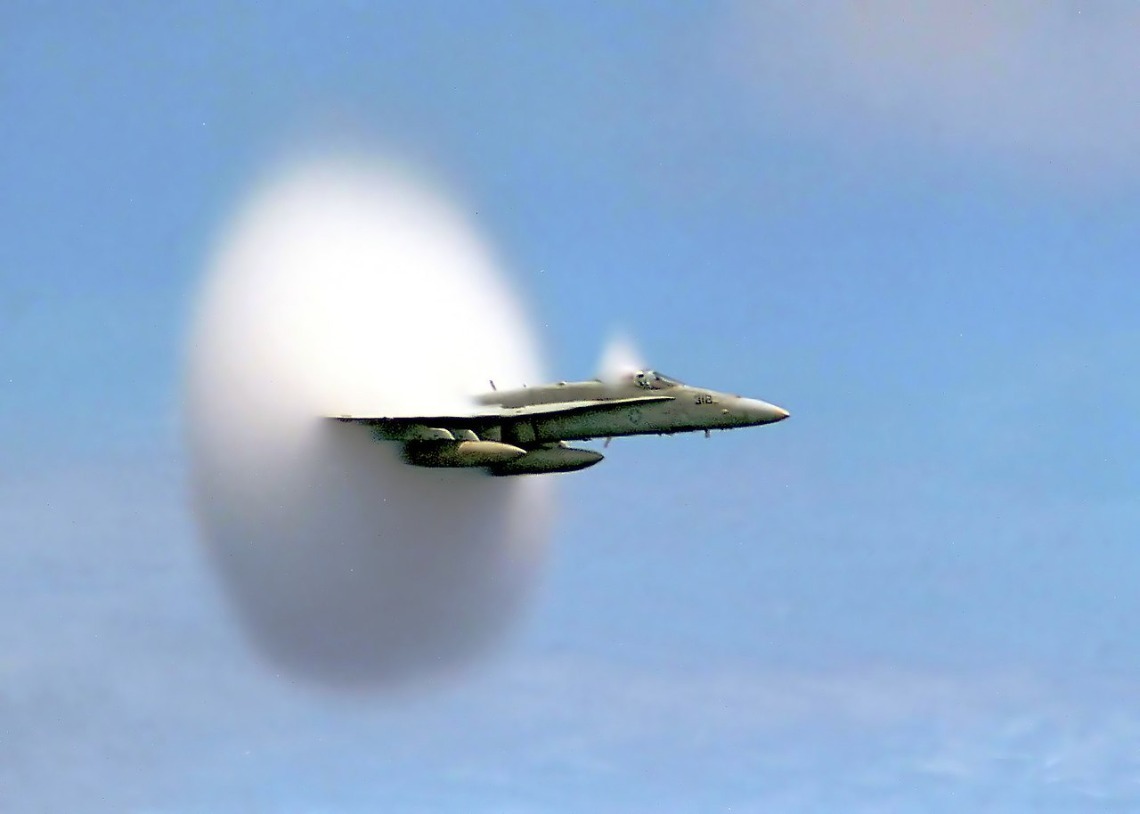ISABEL RUBIO ARROYO | Tungsteno
When aviation was still in its infancy, people imagined travelling from London to New York, Los Angeles to Tokyo or Madrid to Boston in just three hours, something that would be possible with aircraft capable of flying faster than sound. The first supersonic flight in history took place on 14 October 1947, a feat that took us into territory almost unexplored by science, beyond the theoretical. But that technological dream come true fizzled out within a few decades. And despite the many advances made in the aeronautical industry, there are still major challenges ahead for supersonic passenger flights to become a reality once again.
In 1903, the Wright brothers successfully flew an aircraft for the first time. Their flying machine remained in the air for 12 seconds and landed after a distance of 37 metres. In the following years, aircraft capable of flying longer distances were built. At that time, the speed of planes was much too slow to even consider the possibility of travelling faster than sound.

Orville Wright makes the first plane flight in history, as his brother Wilbur looks on. Credit: Library of Congress
From the Wright brothers to the challenge of breaking the sound barrier
Under normal conditions—at 20 degrees Celsius, 50% humidity and at sea level—sound travels through the air at about 340 metres per second. In other words, it travels one kilometre every three seconds (or about 1,235 kilometres per hour). The sound barrier is broken when this speed is exceeded. In doing so, it produces a phenomenon known as a sonic boom, like that produced by the bullwhip, which is considered the first human device designed to exceed the speed of sound.
Technological advances and new aeronautical materials made it possible for aircraft to fly faster and faster. While aircraft began to be used on a large scale in the First World War, it was not until the Second World War that jet-powered planes appeared on the scene.
The first jet flight was made in 1939 in the German aircraft Heinkel He 178. The Germans also produced the first functional jet-powered fighter plane—the Messerschmitt Me 262— which came into use in 1944 and was capable of flying at a maximum speed of 900 kilometres per hour. Aerodynamics experts then began to consider how to break the sound barrier, but they were not sure what would happen if they did so. They feared that high temperatures, structural stress and instability would destroy or crash the aircraft.

The Bell X-1 completed the first supersonic flight in history on October 14th, 1947. Credit: U.S. Air Force
The first supersonic flight
American Chuck Yeager, who was a fighter pilot in World War II, tested different aircraft until he managed to break the sound barrier on 14 October 1947. He did so in the Mojave Desert (in California, USA) aboard the Bell X-1. The X-1 aircraft were the result of the technological changes confronting aircraft designers in the late 1930s and early 1940s, as NASA explains. These aircraft were built solely for experimental purposes and without the restrictions imposed by commercial or military requirements.
The Bell X-1 was about nine metres long and three metres high, and was designed after the shape of a .50-calibre machine gun bullet, according to NASA. Such bullets could exceed the speed of sound and were considered "stable at supersonic speeds." To take full advantage of the flight capability, the Bell X-1 was carried by a B-29 bomber to the appropriate altitude, where it was then drop launched from the bomb bay. Powered by a rocket engine, the plane reached 1,299 kilometres per hour, surpassing Mach 1—the speed of sound according to the scale proposed by the physicist Ernst Mach. Yeager had achieved one of the milestones in the history of aviation: the first supersonic flight.
The first supersonic passenger aircraft
That feat brought with it scientific and technological advances that made it easier, among other things, to reach space. In the years to come, more sophisticated aircraft would be produced. The Tupolev Tu-144 was the world's first supersonic airliner. Its debut in 1968 was a major Soviet milestone in aviation history. Manufacturers in France and the UK were also successful with the Concorde, a supersonic airliner that could exceed 2,000 kilometres per hour.

La NASA is designan the X-59 to fly faster than the speed of sound without producing a loud, disruptive sonic boom as it breaks the sound barrier. Credit: NASA
When these aircraft broke the sound barrier, there was usually a sonic boom that caused a thunderous noise. In addition to the challenge of reducing the noise pollution, there was the additional hurdle of making such flights affordable, as flying in a supersonic aircraft was not economically feasible for many travellers. The Concorde, which made its first passenger flight on 21 January 1976, finally ceased operations in 2003 due to high maintenance costs and low occupancy. With the abandonment of this type of commercial aircraft, supersonic flight is now reduced to military aircraft, such as the F/A-18 fighter jets.
NASA and some companies aim to resurrect supersonic aircraft that can reach record speeds silently. "We want to build a future where mankind can travel between any two points on our planet in three hours," says Tom Vice, president of Aerion. Within the next decade, his company hopes to develop an aircraft capable of carrying 50 passengers from Los Angeles to Tokyo in less than three hours, a journey that currently takes more than 10 hours. Meanwhile, the company Boom is working on a plane for about 90 passengers that could theoretically fly from Paris to Montreal in about four hours (instead of seven) and from Los Angeles to Sydney in eight hours (instead of fourteen).
